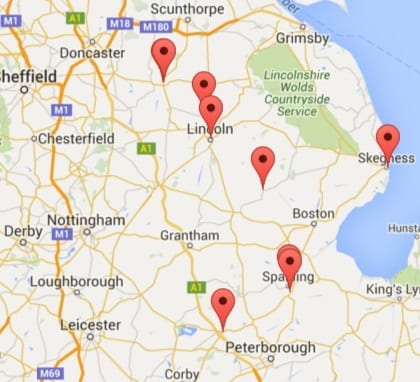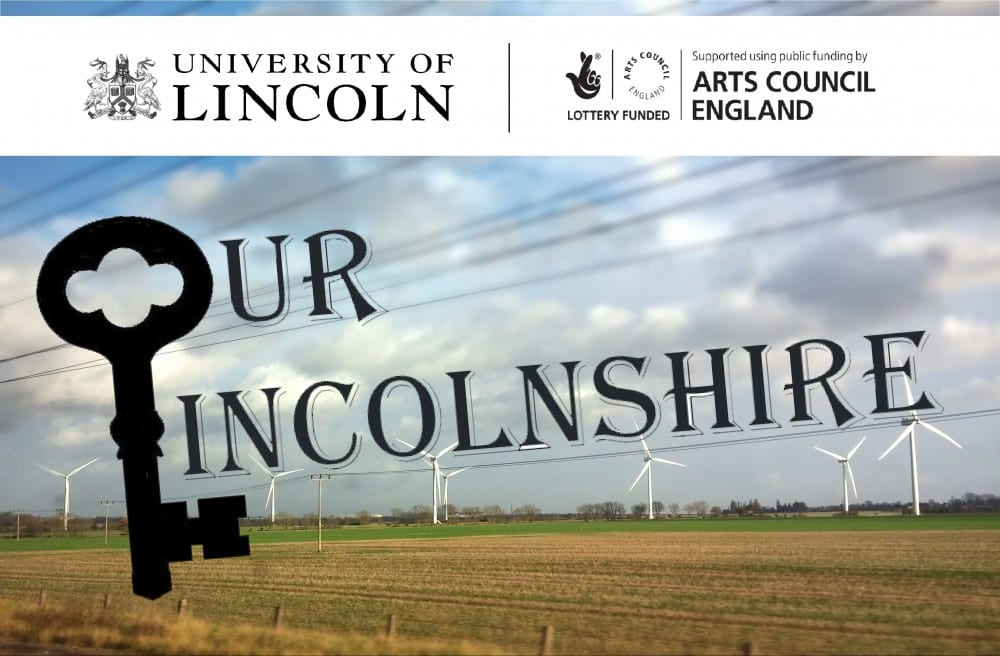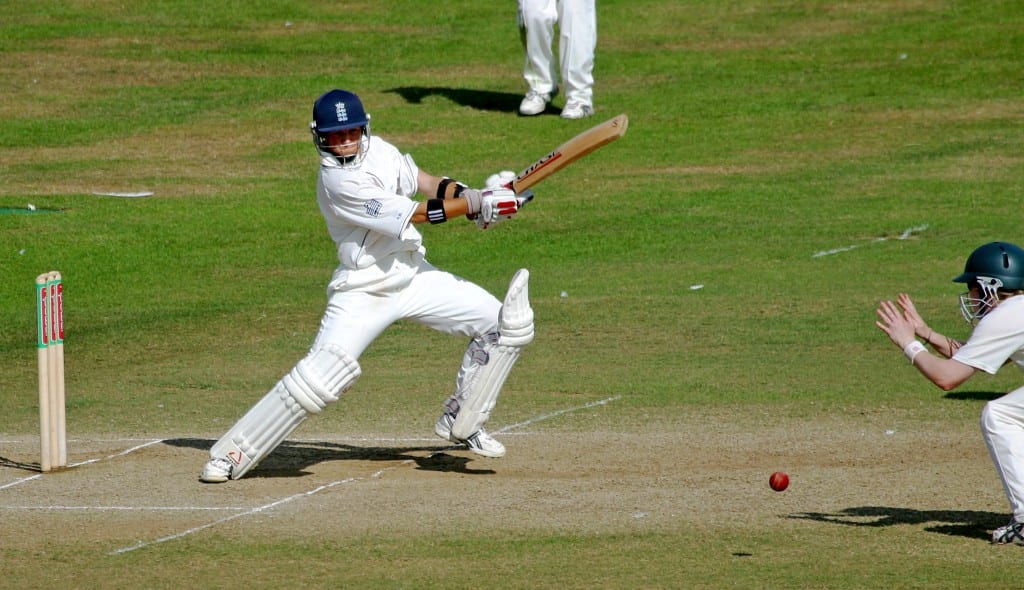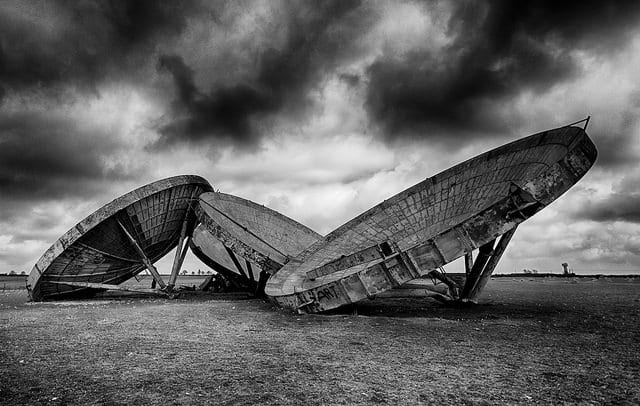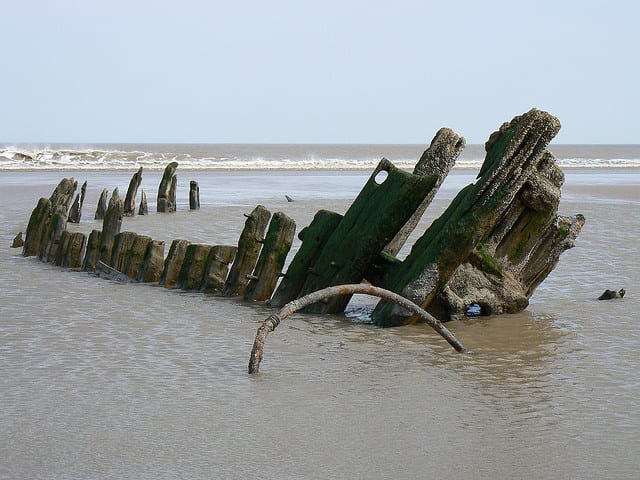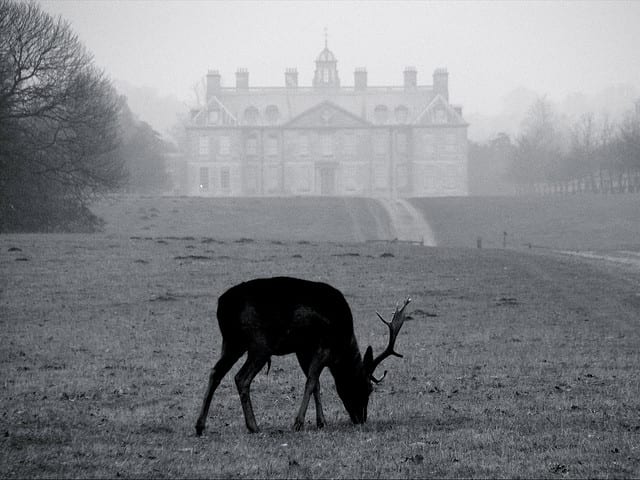Part III – To start from Part I, click here!
“What’s it like? When you see her, I mean?”
“Well at first, of course, it was very frightening. It would only happen when I was here alone, usually when it was late, or dark.”
I shuddered at the thought.
“On a handful of occasions our visitors have reported an odd feeling over by that wagon as well, without knowing anything of the story, mind you. Quite strange. But after a while, I suppose I ended up feeling like she probably didn’t want to do anyone any harm. She’s a little girl after all. So these days, no, I’m not frightened anymore. There’s a little doll on the step to her wagon so you should be able to spot which one is hers. The ghost hunters put it there last night to try and lure her out to play. They seemed pleased with whatever they found so hopefully we’ll know some more soon.”
I was uncharacteristically lost for words. A moment passed before Mr Boswell slapped his hands on his knees and said “Right, I’m going into the house for some tea if there’s nothing else you need? You’re more than welcome to poke around for as long and you like and take your photographs.”
“You’re…you’re leaving me here on my own?”
“Well I’ve not eaten yet and it’s getting late – it’s alright love, I trust you!” he assured, missing the sentiment of my query. “Come and say goodbye before you go!” And with that, he left me alone.
Alone. In the haunted museum. I took a breath. I still needed to gather some photographs for the project, and wasn’t about to let the knot in my stomach prevent an opportunity for research so, hesitantly, stepped back into the museum, camera in hand.
I walked as slowly as I could, looking hard at the things that I had missed on my first run around. As the knot in my stomach continued gradually to inflate, I tried desperately to recapture my happily inquisitive initial impressions of the museum. But I could swear it felt a lot colder than it had an hour earlier. And were those creepy wind-chimes there before? It was all in my head (of course?!) and, determined not to scare myself out of valuable project investigation time, I forced myself to read the displays properly, humming Justin Bieber (sorry, World) to calm myself as I went.
In the back of my mind, I knew that I would need to take some photographs over by the haunted vardo but, as you can imagine, I was none too keen to rush over there. So instead, I decided to build myself up to it by taking photos of other slightly creepy things nearby. For example, this vaguely spooky collection of boots:

Stirring with the spirits of footsies passed
My dread threshold rising, I turned my camera on the inside of the wagon beside the haunted vardo. I closed my eyes for the flash and (thankfully) didn’t look at the resulting photograph until I was safely back in my car:

If I had seen this at the time, there is no way I’d have made it to the actual haunted vardo. This is one scary photograph, and it was only meant to be a warm up for the real thing!
Still feeling bold(ish) in my ignorance of how frightening the photograph I had just taken actually was, I figured that the sooner I collected the photos of the haunted vardo, the sooner I could run away. I steeled myself and, thinking I was ready, marched right into the corner where it sits.
It turns out I wasn’t really ready. This is the one photograph that I managed to take of the haunted wagon before losing my nerve and hurtling away to the other side of the museum with a squeak:
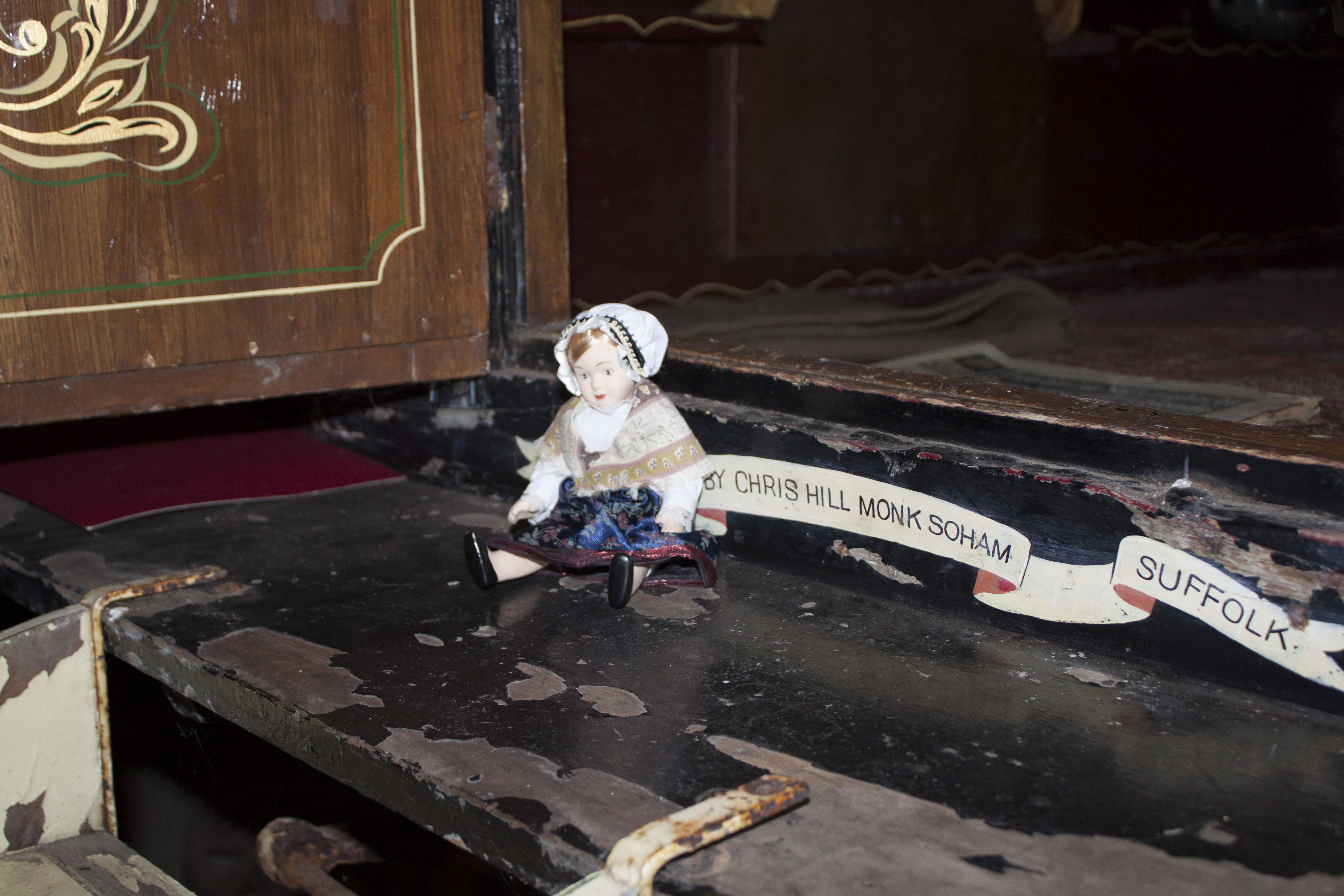
The doll that sits on the step of the haunted vardo
According to the timestamps on my camera, I managed less than ten minutes in the museum after my meeting with Mr Boswell, and you know what? I’m not ashamed. It was a terrifying experience. Additionally, all of the photos that I took after having taken that one of the ghost vardo turned out strange and shadowy:


The sceptic in me says that this probably is just the shadow of and object behind me, caused by the camera’s flash, but I don’t suppose I’ll ever know for sure…
I have since seen photographs of Gordon Boswell’s Romany Museum during opening season and I have to say, it depicts a rather different experience to mine. Full of people and with all the lights on, it looks like a wonderful place for a day out, something that my initial impressions of the museum can absolutely attest to. It is full of beautiful and informative displays about the Romany way of life and holds a truly remarkable collection of the wagons and memorabilia collected over Mr Boswell’s lifetime. I only suggest that you don’t stick around if he pops out for tea.
I hope you’ve enjoyed reading about The Ghost of Gordon Boswell’s Romany Museum. Look out for more from The Our Lincolnshire Project Diaries coming soon!
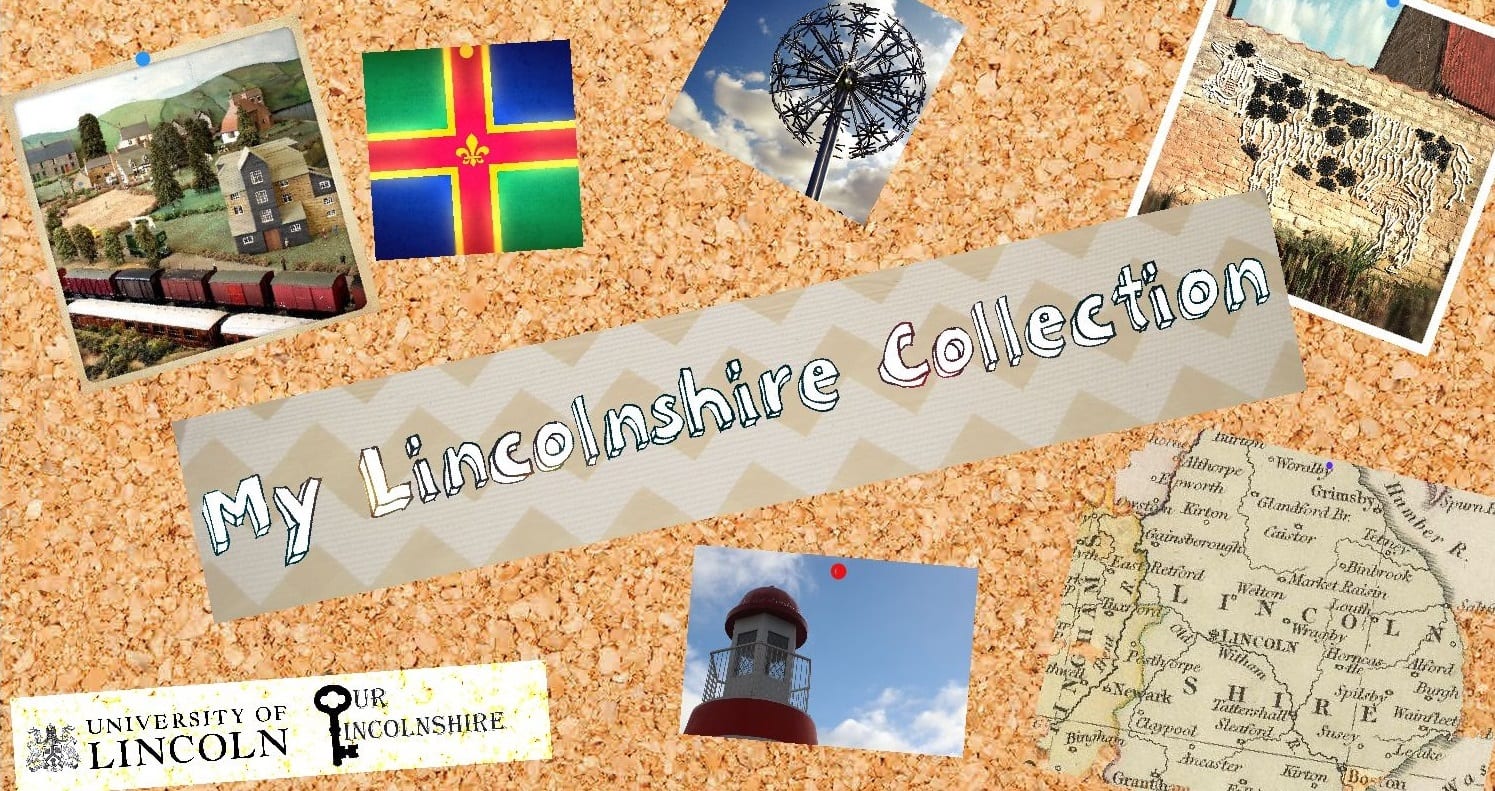

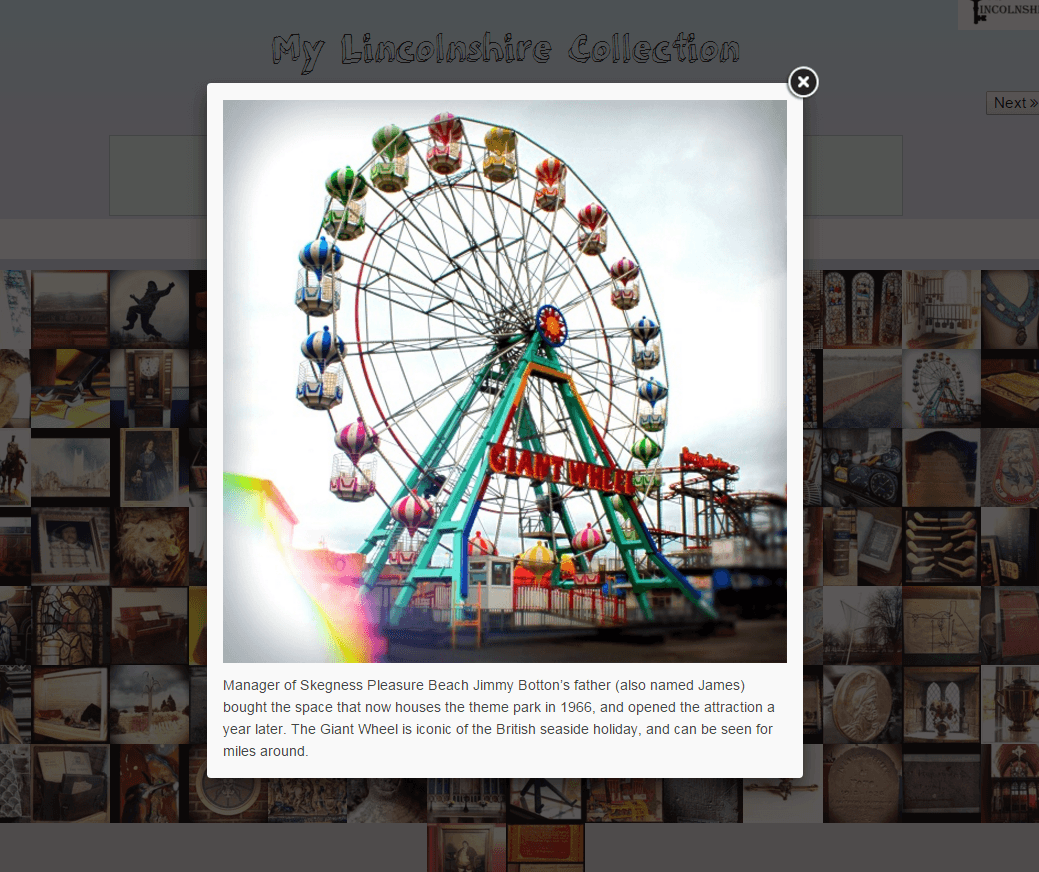 Once you’ve submitted your selections, ‘My Lincolnshire Collection’ will bring up a map of the county with the locations of your heritage objects marked, accompanied by links to their corresponding heritage sites where applicable. It is the Our Lincolnshire team’s hope that the app will enable and encourage Lincolnshire’s residents and visitors to explore more of their county, also allowing people to engage with their heritage in a new and fun way.
Once you’ve submitted your selections, ‘My Lincolnshire Collection’ will bring up a map of the county with the locations of your heritage objects marked, accompanied by links to their corresponding heritage sites where applicable. It is the Our Lincolnshire team’s hope that the app will enable and encourage Lincolnshire’s residents and visitors to explore more of their county, also allowing people to engage with their heritage in a new and fun way.